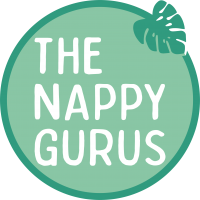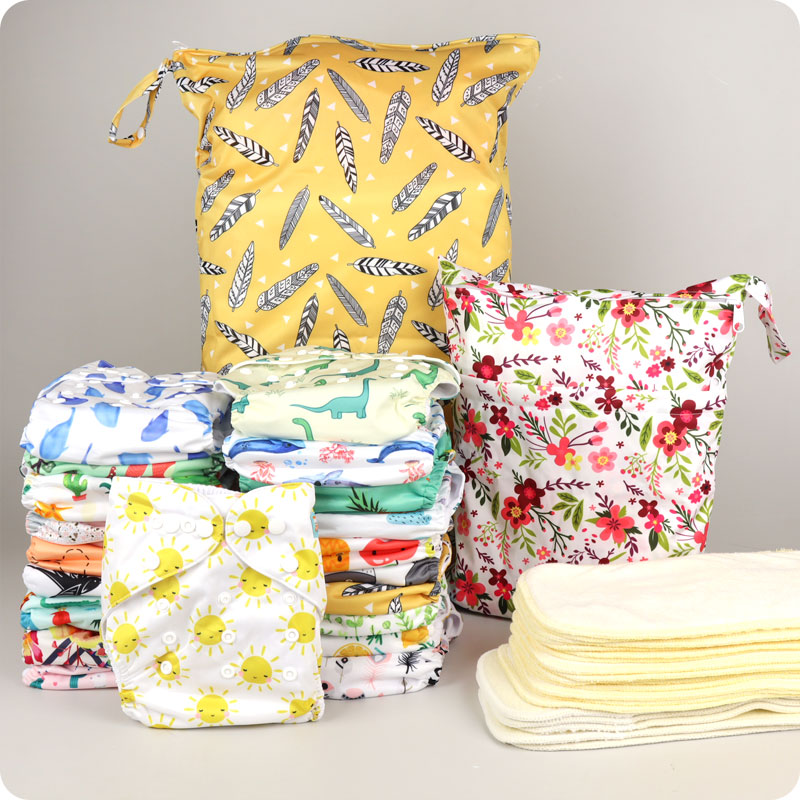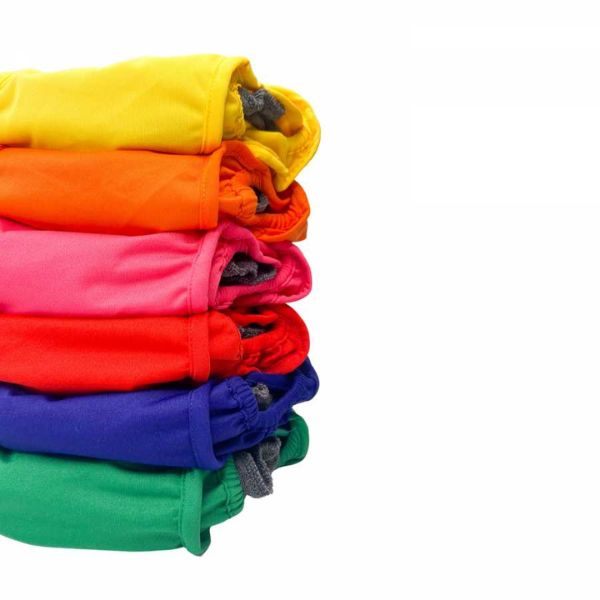Do Cloth Nappies Inhibit Movement?
Updated April 2024
Something that we often get asked about is whether cloth nappies can inhibit or slow down development in terms of walking and the short answer is no, cloth nappies don't inhibit movement.
This question often comes from concerned parents who have had unsolicited comments from a family member or childcare provider about why their child isn't walking yet... looking for some reusassurance or rebuttals?
It's important to consider how different types of nappies, whether cloth or disposable, impact the hip joint, especially given the concerns surrounding hip dysplasia.
Our parents and grandparents grew up in cloth nappies
Disposable nappies did not become commonly used the UK until the mid-80's, prior to which we all grew up wearing reusable nappies. Terry squares no less, which aren't exactly known for their trim fit...
If there was an issue with how these nappies affected our development or posture, we would all have suffered.
Traditionally, babies wore cloth nappies long before disposable nappies became popular in the mid-1980s. Modern cloth nappies have evolved to ensure babies' legs are kept in the optimum position for healthy hip development. Unlike disposable nappies, cloth diapers hold the baby's hips in a slightly wider position, which is crucial, especially for babies who were in a breech position at birth or have mild hip dysplasia.
To be honest, once your little one does get on the move, they are likely going to be grateful for their nice padded cloth nappy bum!
Are cloth nappies bad for hips?
No, cloth nappies are not bad for hips. A cloth nappy will keep a babies legs in the optimum position - much better a disposable nappy.
The ball and socket joint of a baby's hips develops rapidly during the first few months. The International Hip Dysplasia Institute highlights that the correct position for healthy hip joint development is with the hips spread and the knees bent. This position supports the natural development of the hip socket. Cloth nappies, by their design, encourage this healthy hip position by allowing the baby's hips to fall apart to the side naturally, which supports the hips and knees while sitting, crawling, or walking.
The International Hip Dysplasia Institute says "The healthiest position for the hips is for the hips to fall or spread (naturally) apart to the side, with the thighs supported and the hips and knees bent"

Ever been advised by your doctor to "double up on nappies"? This is in order to create a greater width at the crotch to help encourage that optimum hip position. A cloth nappy (that has a bit more substance and volume to it will help achieve that. So scrap doubling up on single-use disposables, use a reusable nappy instead!
We are not saying that disposable nappies cause hip dysplasia, but that a reusable nappy can help maintain the postion needed to ensure correct hip development.
So go ahead and use your reusable nappies proudly, safe in the knowledge that, rather than causing hip problems, they may actally be helping to combat them!
| Shop Reusable Nappies > |
If you enjoyed this article, you may also enjoy:
Everything you need to know about reusable swim nappies
Do reusable nappies really save money?
How to host an eco friendly baby shower
About the Author: Helen Rankin embarked on her reusable journey over a decade ago, when her son Archie was born in 2004. Faced with limited cloth nappy options, Helen not only adopted them for all four of her children but also launched Cheeky Wipes in 2008—while 37 weeks pregnant with her third child. Her passion for reusables led to a fruitful collaboration with Laura, the founder of The Nappy Gurus. In 2024, Helen took the helm of The Nappy Gurus, bringing her wealth of experience and dedication to a new generation of parents looking to make sustainable choices. Helen’s deep-rooted expertise in the field continues to guide parents through the eco-friendly world of reusable nappies, ensuring a greener future for the next generation.

.jpg)


